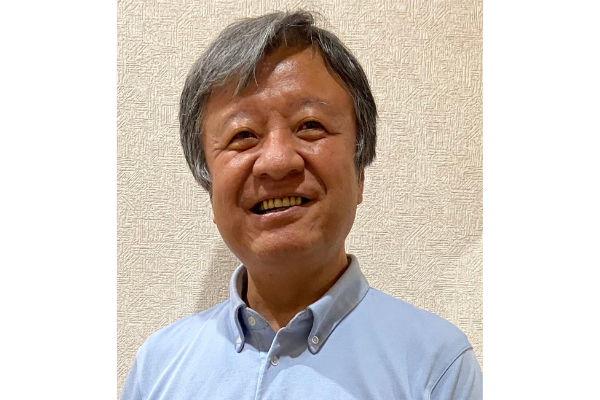
The Institute for Japanese Studies and Department of East Asian Languages and Literatures present:
Production of Japanese Singletons and Geminates by English-Speaking Children in One-Way and Two-Way Immersion Programs
Tetsuo Harada
Waseda University
Abstract: Immersion education comes in two types: one-way immersion (OWI) and two-way immersion (TWI). In OWI, children who speak a majority language learn both language and content in a second language, whereas TWI, with the same instructional goals, enrolls a balanced number of students from each target language group in the same classroom. This study compares the production of Japanese singletons /p, t, k/ and geminates /pp, tt, kk/ by learners of Japanese as a world language (JWL) in OWI and TWI programs in the US. 15 and 27 JWL children (English-dominant emergent bilinguals) from each program were asked to read words containing the target voiceless stops in Japanese within a sentence frame. The closure duration for both singletons and geminates was acoustically measured and cross-sectionally compared. Results showed no significant difference between OWI and TWI programs, regardless of the place of articulation.
Tetsuo Harada is currently a visiting scholar in the Department of Asian Languages and Literature at the University of Washington and a professor of Applied Linguistics in the School of Education at Waseda University, Japan, where he teaches courses in second language (L2) acquisition, bilingual education, content and language integrated learning as well as advanced phonetics and experimental phonetics. Previously, he served as an Assistant Professor of Japanese Linguistics and Japanese Applied Linguistics in the Department of East Asian Languages and Literatures at the University of Oregon. He completed his Ph.D. in Applied Linguistics at the University of California, Los Angeles (UCLA). His research interests include L2 speech learning in immersion programs, content-based language teaching (CBLT), and bilingual education. He has published several articles, including Analyzing Discourse in EMI Courses from an ELF Perspective (2020) and English Medium Instruction (EMI) in Asia: Conceptual Underpinnings and Practical Issues (2022).
